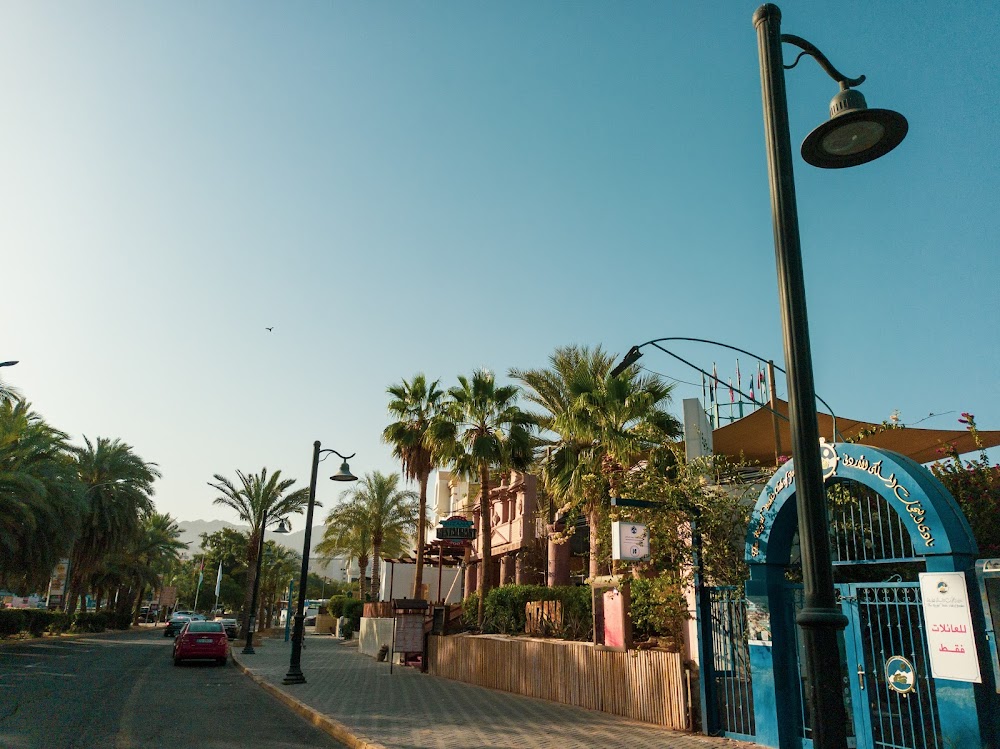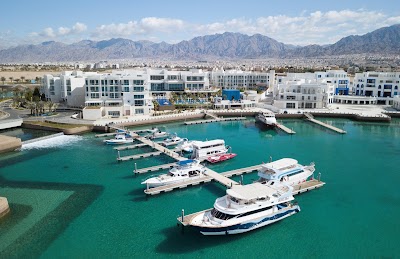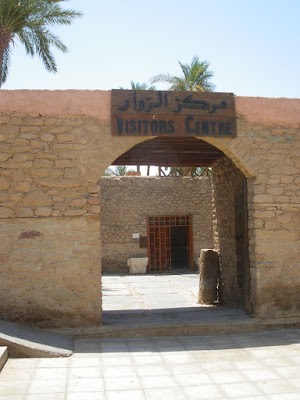Aqaba Castle (قلعة العقبة)
Overview
Aqaba Fort: A Historical Gem
Aqaba Fort, also known as Aqaba Castle or Mamluk Castle, is a remarkable historical fortress located in the coastal city of Aqaba, Jordan. This majestic structure stands as a testament to the region's rich history and strategic importance, having served as a pivotal site for trade and military operations over the centuries.
Origins and Crusader Influence
The impressive Aqaba Fort we see today was originally constructed by the Crusaders in the early 12th century as part of their campaign to establish a foothold in the Holy Land. However, in 1187, it was seized by the legendary Muslim leader Salah ad-Din Yusuf ibn Ayyub, commonly known as Saladin. This event marked the fort’s transformation into a symbol of Islamic power and governance, a narrative that continues to resonate through its walls.
Mamluk Reconstruction
In the early 16th century, the fort underwent significant redevelopment under the Mamluks, a medieval Islamic dynasty renowned for their military strength and contributions to art and architecture. During this period, the Mamluks reconstructed the fort using local materials, creating a distinctive Middle Eastern architectural style characterized by thick stone walls, arched doorways, and multiple defensive towers. The walls are adorned with narrow windows and gun slits, essential features for defense and surveillance during turbulent times.
Ottoman Enhancements
As the Ottoman Empire rose to prominence in the late 16th century, the fort saw further modifications. Recognizing Aqaba's strategic location for controlling the northern Red Sea region, the Ottomans fortified the castle to defend against potential invasions. They added a central courtyard, living quarters for soldiers, and various facilities necessary for sustaining a prolonged defense and governance hub.
A Turning Point in Modern History
Aqaba Fort also plays a significant role in modern history; it was here in 1917 that the Arab Revolt against Ottoman rule culminated with the capture of Aqaba by forces led by the legendary British officer T.E. Lawrence, famously known as Lawrence of Arabia, along with Hashemite troops. This pivotal event marked a turning point in World War I, significantly weakening Ottoman control and aiding the Allied forces' efforts.
A Tourist Attraction and Museum
Today, Aqaba Fort serves as a beloved tourist attraction and museum, inviting visitors to explore the remnants of its storied past. Inside, you will find artifacts and exhibitions illuminating the various phases of the fort’s history—from its Crusader origins to Mamluk restoration, and its role during the Ottoman era and the Arab Revolt. Additionally, the fort's prime location near the shores of the Red Sea offers stunning views, making it both a journey through history and a visual delight.
Preservation and Archaeology
Maintained by Jordan’s Department of Antiquities, the fort has been the focus of numerous archaeological studies aimed at uncovering more of its secrets. These efforts ensure that Aqaba Fort remains preserved for future generations to appreciate its historical, cultural, and architectural significance.
A Symbol of Resilience
With its rich and diverse historical background, Aqaba Fort stands as a symbol of resilience and a testament to the various powers that sought to control its strategic port throughout the ages. It remains a must-visit destination for any history enthusiast or traveler exploring the wonders of Jordan.









